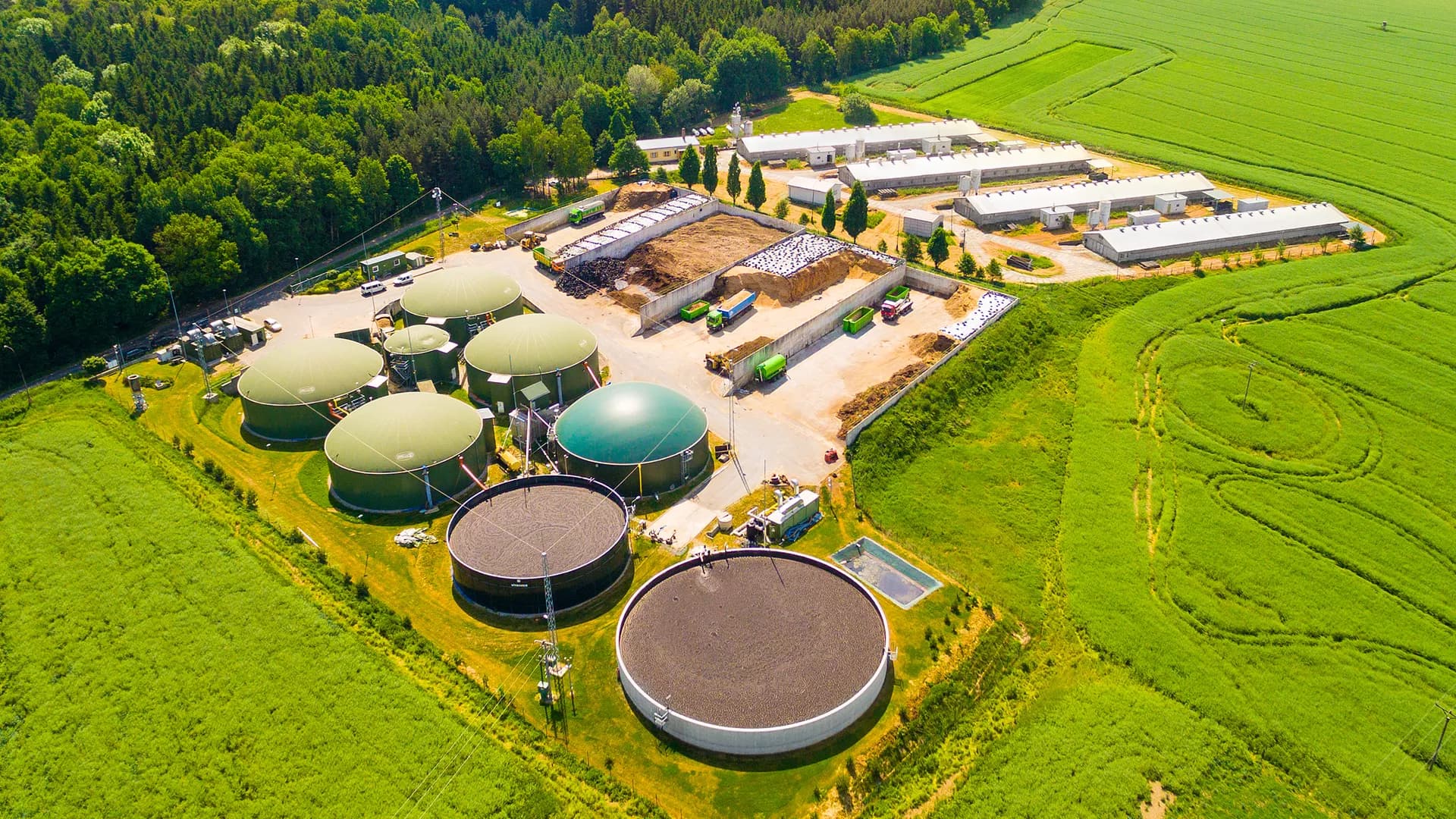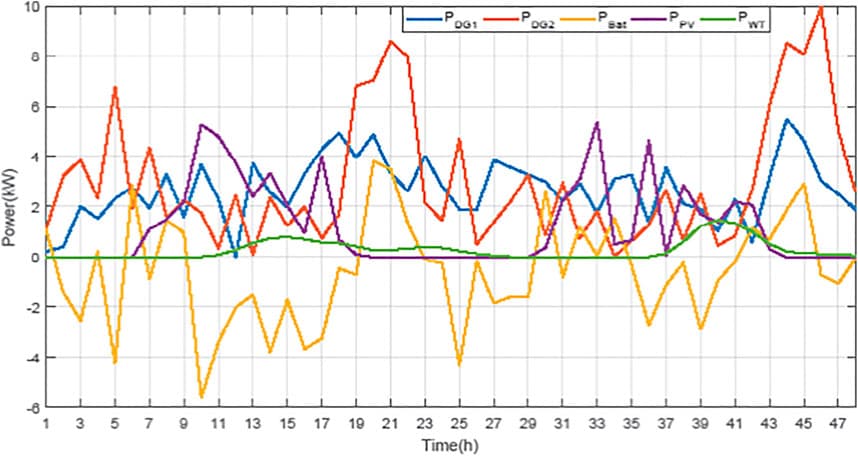The electrical energy generated from solar energy photovoltaic (PV) technology is intermittent, varying, and irregular. With PV technology’s limited energy conversion efficiency, it is imperative to extract the maximum of converted energy. The zero slopes of the power versus voltage curve are utilized to determine the maximum power point. Conventional algorithms provide lower convergence time along with low power oscillations. This paper proposes an adaptive perturb and observe (A-P&O) maximum power point tracking (MPPT) technique for the energy conversion system. The primary objectives of the proposed technique are to obtain a more robust, better tracking capability, improved efficiency, and fast response lesser oscillations under steady-state with a simple structure to implement. Maximum power point (MPP) tracking under varying meteorological conditions and load variations is still a challenge. The proposed P&O technique has been tested under realistic meteorological variations and load variations. The comparative evaluation of the proposed adaptive-step size A-P&O MPPT technique and other conventional techniques such as perturb and observe (P&O), incremental conductance (IC), modified P&O and fuzzy logic control (FLC) have also been performed. The performance of the proposed control technique is evaluated using a MATLAB/Simulink environment. The obtained results confirm that the proposed control technique is superior in performance as compared to the other four conventional techniques.
Today’s stochastic grid system is experiencing huge voltage fluctuations, which is responsible for power quality issues in the smart microgrid network due to its intermittent nature as well as penetration of hybrid renewable resources. Thus, the dynamic performance evaluation and their control are essential to sustaining the stability of the grid network. A d-q controller mechanism is suggested to maintain the balance of the distributed generation network and grid side network. A dynamic control mechanism of voltage source converter (VSC) is presented in the MPPT-based wind power generating station, where an induction generator generates the power by the optimal control of the wind energy-based subsystem. The distributed hybrid generation (solar PV and wind) subsystem’s output terminal is linked to the DC bus bar’s common link via the VSC. A VSI is utilized to convert the desired DC power to alternating current power. To regulate and improve the performance of the proposed hybrid power generating systems (HPGS), a supercapacitor (SC) is used to smooth out the ripple on the distribution side in the power grid. Furthermore, the dynamic stability of grid-connected solar PV and wind power generation systems is investigated. This article also proposed an effective control scheme for the SC in HPGS under the influence of weak grid conditions. This article aimed to validate the efficiency of the VSI topology; a PI controller stability enhancement approach is used in a proposed grid system under various disturbance conditions. Finally, the simulation results and FFT-based power quality response analysis are validated through the effective utilization of an SC.
Frontiers in Energy Research
Cyber-Resiliency of Smart Grids in the Presence of Advanced Electric Vehicles and Their Charging Stations





